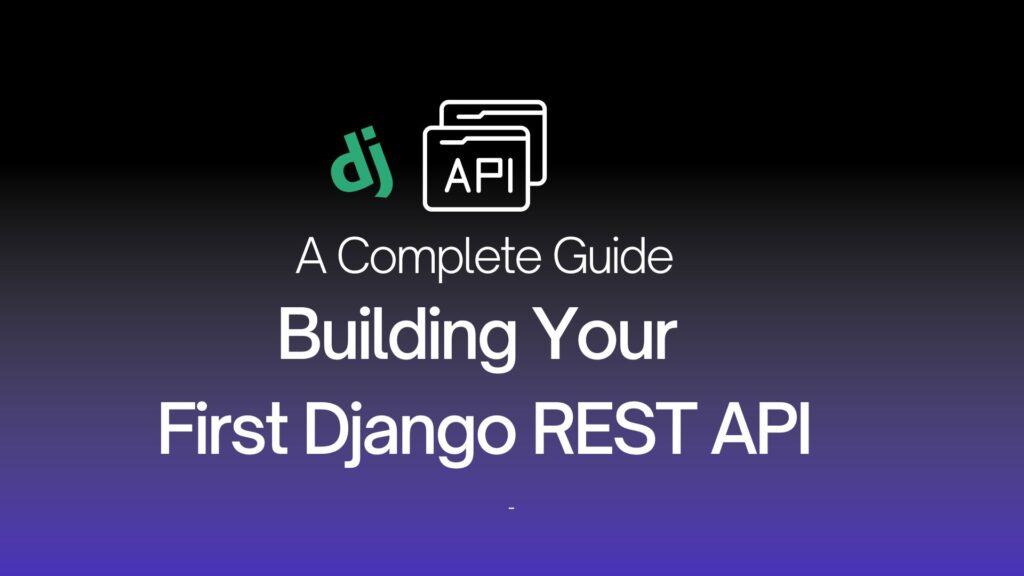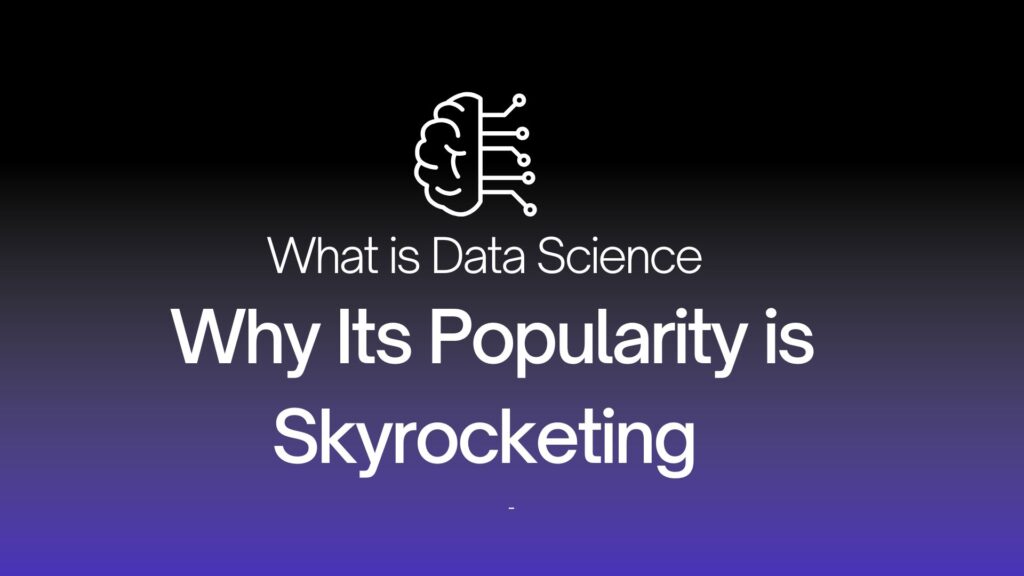Building REST APIs with Django has become one of the most popular ways to create backend services for modern web and mobile applications. In this comprehensive guide, we’ll walk through creating your first Django REST API from scratch.
What is Django REST Framework?
Django REST Framework (DRF) is a powerful toolkit for building Web APIs in Django. It provides a flexible, feature-rich framework that makes it easy to build REST APIs with minimal code while maintaining best practices.
Setting Up Your Environment
First, let’s create a new Django project and install the necessary dependencies:
# Create virtual environment
python -m venv venv
source venv/bin/activate # On Windows: venv\Scripts\activate
# Install Django and DRF
pip install django djangorestframework
# Create new project
django-admin startproject blog_api
cd blog_api
python manage.py startapp postsConfiguring Django Settings
Add the REST framework to your settings.py:
INSTALLED_APPS = [
'django.contrib.admin',
'django.contrib.auth',
'django.contrib.contenttypes',
'django.contrib.sessions',
'django.contrib.messages',
'django.contrib.staticfiles',
'rest_framework',
'posts',
]
REST_FRAMEWORK = {
'DEFAULT_PAGINATION_CLASS': 'rest_framework.pagination.PageNumberPagination',
'PAGE_SIZE': 20,
'DEFAULT_AUTHENTICATION_CLASSES': [
'rest_framework.authentication.SessionAuthentication',
],
'DEFAULT_PERMISSION_CLASSES': [
'rest_framework.permissions.IsAuthenticatedOrReadOnly',
],
}Creating Your Model
Let’s create a simple blog post model in posts/models.py:
from django.db import models
from django.contrib.auth.models import User
class Post(models.Model):
title = models.CharField(max_length=200)
content = models.TextField()
author = models.ForeignKey(User, on_delete=models.CASCADE)
created_at = models.DateTimeField(auto_now_add=True)
updated_at = models.DateTimeField(auto_now=True)
published = models.BooleanField(default=False)
class Meta:
ordering = ['-created_at']
def __str__(self):
return self.titleCreating Serializers
Serializers in DRF convert model instances to JSON and vice versa. Create posts/serializers.py:
from rest_framework import serializers
from .models import Post
class PostSerializer(serializers.ModelSerializer):
author = serializers.StringRelatedField(read_only=True)
class Meta:
model = Post
fields = ['id', 'title', 'content', 'author', 'created_at', 'updated_at', 'published']
read_only_fields = ['id', 'created_at', 'updated_at']
def create(self, validated_data):
# Automatically set the author to the current user
validated_data['author'] = self.context['request'].user
return super().create(validated_data)Building API Views
Create your API views in posts/views.py:
from rest_framework import generics, permissions
from rest_framework.decorators import api_view
from rest_framework.response import Response
from .models import Post
from .serializers import PostSerializer
class PostListCreateView(generics.ListCreateAPIView):
queryset = Post.objects.filter(published=True)
serializer_class = PostSerializer
permission_classes = [permissions.IsAuthenticatedOrReadOnly]
class PostDetailView(generics.RetrieveUpdateDestroyAPIView):
queryset = Post.objects.all()
serializer_class = PostSerializer
permission_classes = [permissions.IsAuthenticatedOrReadOnly]
def get_queryset(self):
if self.request.user.is_authenticated:
return Post.objects.all()
return Post.objects.filter(published=True)URL Configuration
Set up your URLs in posts/urls.py:
from django.urls import path
from . import views
urlpatterns = [
path('posts/', views.PostListCreateView.as_view(), name='post-list'),
path('posts//', views.PostDetailView.as_view(), name='post-detail'),
] And include them in your main urls.py:
from django.contrib import admin
from django.urls import path, include
urlpatterns = [
path('admin/', admin.site.urls),
path('api/', include('posts.urls')),
path('api-auth/', include('rest_framework.urls')),
]Testing Your API
Run migrations and start the server:
python manage.py makemigrations
python manage.py migrate
python manage.py createsuperuser
python manage.py runserverNow you can test your API endpoints:
GET /api/posts/– List all published postsPOST /api/posts/– Create a new post (authenticated users)GET /api/posts/1/– Get a specific postPUT /api/posts/1/– Update a post (author only)DELETE /api/posts/1/– Delete a post (author only)
Next Steps
This basic API can be extended with features like:
- Custom authentication (JWT tokens)
- Advanced filtering and searching
- File uploads for images
- API versioning
- Rate limiting
- Comprehensive testing
Django REST Framework provides all the tools you need to build production-ready APIs. Start with this foundation and gradually add more advanced features as your application grows.



